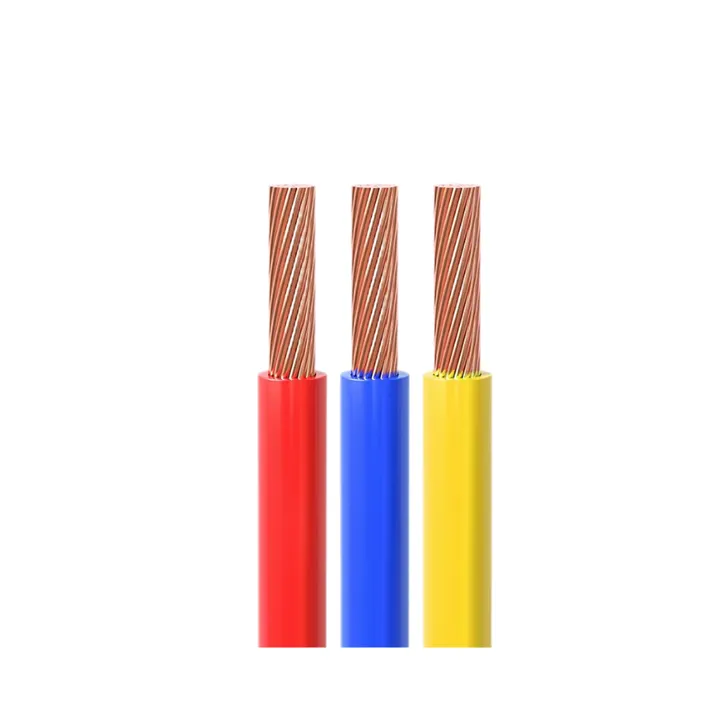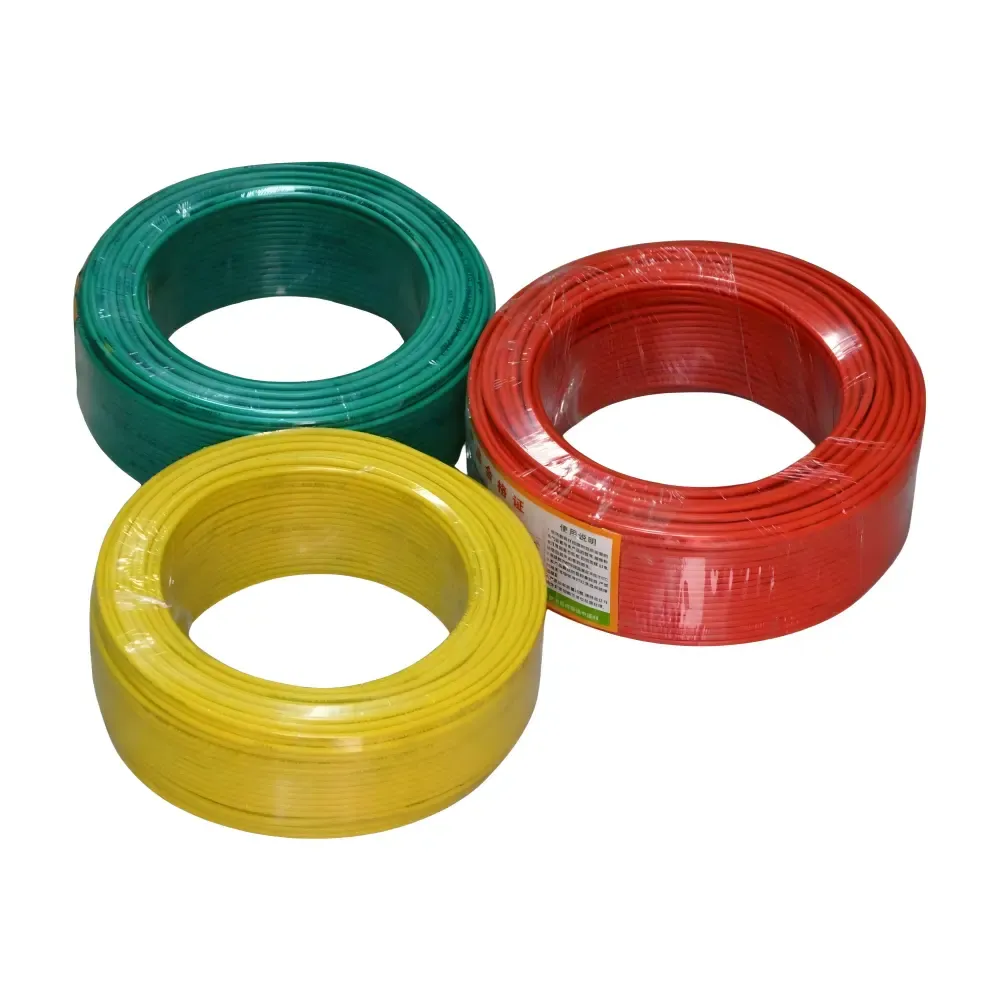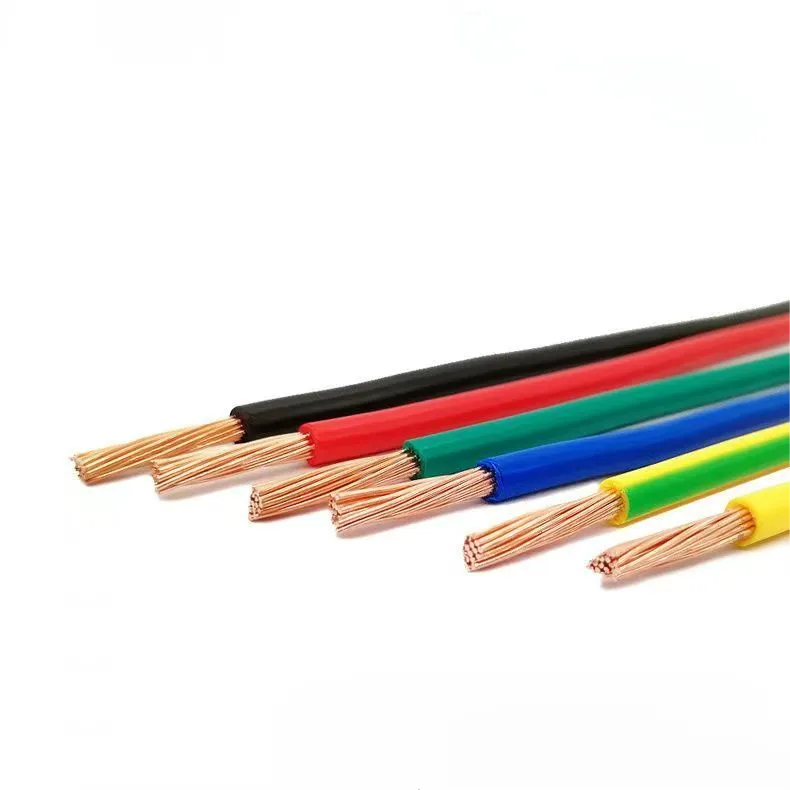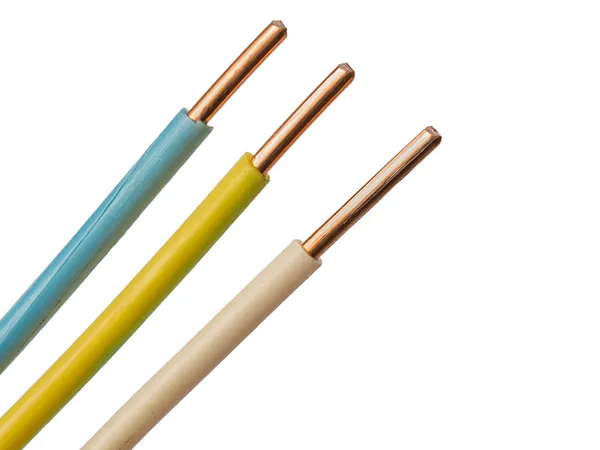Pre-Shipment Inspection Checklist for Export Cables
Time: 2025-07-03 15:51:28
Source: Henan Province Jianyun Cable Co., Ltd.
A pre-shipment inspection (PSI) is a critical step to ensure that export cables meet quality, safety, and regulatory requirements before they are shipped to international markets. This checklist provides a structured approach to verify compliance with specifications, standards, and contractual obligations, minimizing risks of defective products and ensuring customer satisfaction. The following checklist is tailored for export cables, including those produced by reputable manufacturers like Henan Province Jianyun Cable Co., Ltd., known for their comprehensive range of electrical cables such as low-voltage, medium-voltage, solar, and control cables.
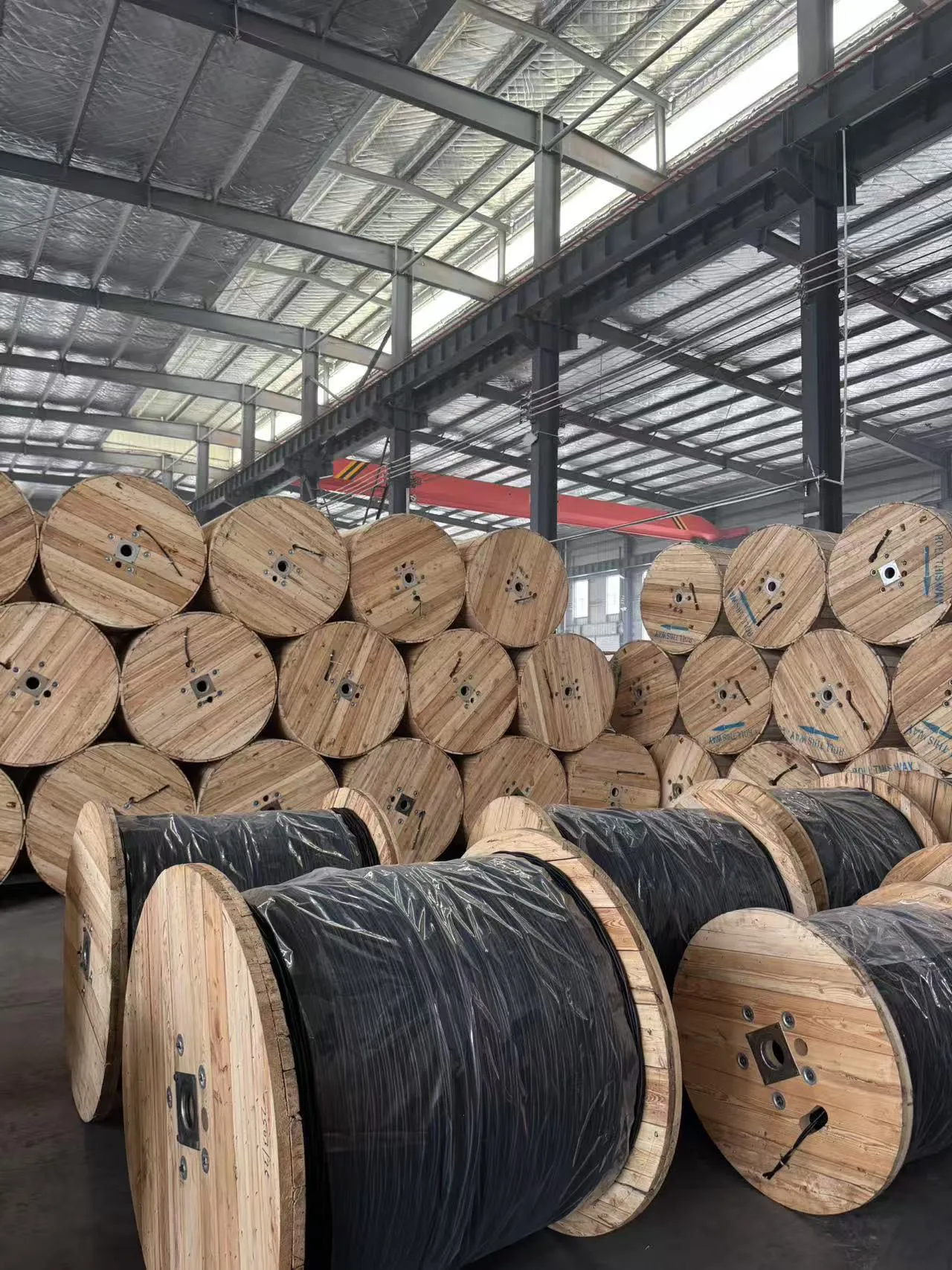
Table of Contents
1. Documentation Verification
Ensure all required documents are complete, accurate, and compliant with international trade and customer requirements.
-
Bill of Materials (BOM): Verify that the BOM matches the agreed specifications, including conductor material (e.g., copper, aluminum), insulation type (e.g., PVC, XLPE), and shielding.
-
Certificate of Compliance (CoC): Confirm the supplier provides a CoC stating compliance with relevant standards (e.g., CE, UL, CPR).
-
Test Reports: Review test reports from in-house or third-party laboratories (e.g., CNAS, TÜV) for electrical, fire, and environmental performance.
-
Export Documents: Check for export-related documents, such as commercial invoices, packing lists, certificates of origin, and export licenses.
-
Contract Compliance: Ensure all contractual terms, including delivery schedules, quantities, and specifications, are met.
2. Visual Inspection
Conduct a thorough visual examination to identify any defects or inconsistencies in the cables’ appearance.
-
Surface Condition: Check for defects such as cuts, abrasions, or discoloration on the cable jacket and insulation.
-
Markings: Verify that cables have clear, legible markings indicating specifications (e.g., voltage rating, conductor size, type), manufacturer details (e.g., Jianyun Cable branding), and certifications (e.g., CE, UL).
-
Consistency: Ensure uniformity in color, texture, and finish across the batch, indicating consistent manufacturing quality.
-
Connectors and Terminations: If applicable, inspect connectors or terminations for proper assembly, alignment, and absence of damage.
3. Dimensional and Physical Checks
Measure the physical attributes of the cables to ensure they meet specified requirements.
-
Conductor Size: Use calipers or micrometers to verify conductor diameter (e.g., AWG or mm²) against standards like IEC 60228.
-
Insulation and Jacket Thickness: Measure insulation and jacket thickness to ensure compliance with standards (e.g., UL 83, EN 50525).
-
Cable Length: Confirm that the cable length per reel or coil matches the order specifications (e.g., 100m, 500m).
-
Weight: Verify the weight of the cable reel or coil to ensure it aligns with the expected material composition.
-
Bending Radius: Test the cable’s flexibility to ensure it meets the minimum bending radius specified for the application.
4. Electrical Performance Testing
Perform electrical tests to ensure the cables meet performance and safety requirements.
-
Conductor Resistance: Measure conductor resistance using a micro-ohmmeter to verify compliance with standards like IEC 60228 or UL 44.
-
Insulation Resistance: Test insulation resistance with a megohmmeter to ensure it exceeds the minimum threshold (e.g., 100 MΩ at 500V DC).
-
Voltage Withstand: Conduct a high-voltage test (e.g., 2kV for low-voltage cables) to confirm the cable can withstand specified voltages without breakdown.
-
Continuity Test: Verify continuity to ensure there are no breaks or short circuits in the conductors.
-
Signal Integrity: For data or communication cables (e.g., Ethernet, fiber optic), test signal loss, crosstalk, and impedance using equipment like Fluke DSX-8000.
5. Environmental and Safety Compliance
Ensure the cables meet environmental and safety standards for the intended application and market.
-
Fire Performance: For construction cables, verify compliance with CPR Euroclass ratings (e.g., B2ca, Cca) for reaction-to-fire performance, as per EN 50575.
-
Environmental Standards: Confirm compliance with RoHS (Restriction of Hazardous Substances) and REACH for restricted materials, ensuring environmental safety.
-
Temperature Rating: Verify that the cables are suitable for the specified temperature range (e.g., -40°C to 120°C for solar cables produced by Jianyun Cable).
-
UV and Weather Resistance: For outdoor cables, check for UV-resistant jackets and weatherproofing, especially for applications like solar or aerial cables.
-
Flame Retardancy: Test for flame-retardant properties (e.g., IEC 60332-1-2) for cables used in high-risk environments.
6. Packaging and Labeling
Inspect packaging and labeling to ensure proper protection and traceability during shipping and installation.
-
Packaging Integrity: Check that cables are properly coiled, reeled, or packed to prevent damage during transit.
-
Labeling Accuracy: Ensure labels include critical information such as cable type, specifications, batch number, manufacturing date, and certifications (e.g., CE, UL).
-
Moisture Protection: Verify that packaging includes moisture-resistant materials (e.g., plastic wrapping, desiccants) for long-distance shipping.
-
Handling Instructions: Confirm that packaging includes handling and storage instructions to maintain cable integrity.
7. Quantity and Sampling Verification
Confirm that the shipment matches the order quantity and quality through random sampling.
-
Quantity Check: Verify the total number of cables, reels, or coils against the purchase order.
-
Sampling Plan: Use a statistical sampling method (e.g., ISO 2859-1, AQL) to inspect a representative sample from the batch.
-
Defect Rate: Ensure the defect rate is within acceptable limits (e.g., AQL 1.0 for major defects, 2.5 for minor defects).
-
Batch Consistency: Check that samples from different production batches meet the same quality standards.
8. Compliance with International Standards
Verify that the cables meet the standards required for the destination market.
-
CE Certification: For EU markets, ensure compliance with directives like LVD (2014/35/EU), EMC (2014/30/EU), or CPR (305/2011).
-
UL Certification: For North American markets, confirm UL standards (e.g., UL 83, UL 44, UL 1277) are met, as applicable.
-
Other Standards: Check for compliance with additional standards like VDE (Germany), SAA (Australia), BS (UK), or IEC, depending on the market.
-
Third-Party Verification: If required, ensure third-party testing bodies (e.g., SGS, Intertek) have validated compliance.
9. Final Reporting and Approval
Compile inspection results and obtain approval before shipment.
-
Inspection Report: Document all findings, including test results, visual inspection notes, and compliance checks, in a detailed report.
-
Non-Conformance Handling: If defects are found, coordinate with the supplier (e.g., Jianyun Cable) to address issues, such as rework or replacement.
-
Approval Process: Obtain approval from the buyer or a third-party inspector before authorizing shipment.
-
Record Keeping: Maintain records of the inspection for traceability and future reference, including photos, test data, and certificates.
Conclusion
A thorough pre-shipment inspection ensures that export cables, such as those manufactured by Henan Province Jianyun Cable Co., Ltd., meet quality, safety, and regulatory requirements for international markets. By systematically verifying documentation, visual quality, physical specifications, electrical performance, environmental compliance, packaging, and adherence to standards, buyers can mitigate risks and ensure customer satisfaction. This checklist provides a structured framework for conducting PSI, adaptable to specific cable types and market requirements. For tailored inspections, coordinate with the supplier to address unique project specifications.

